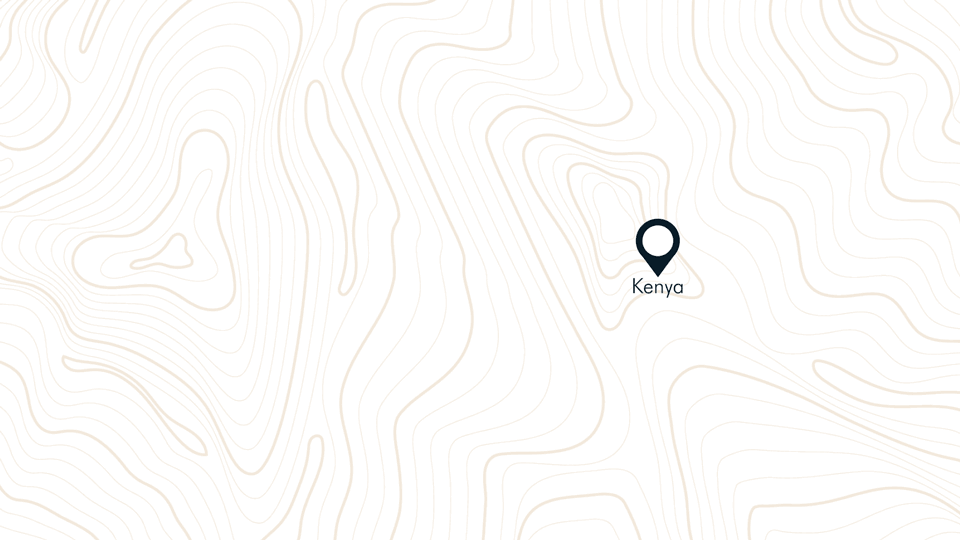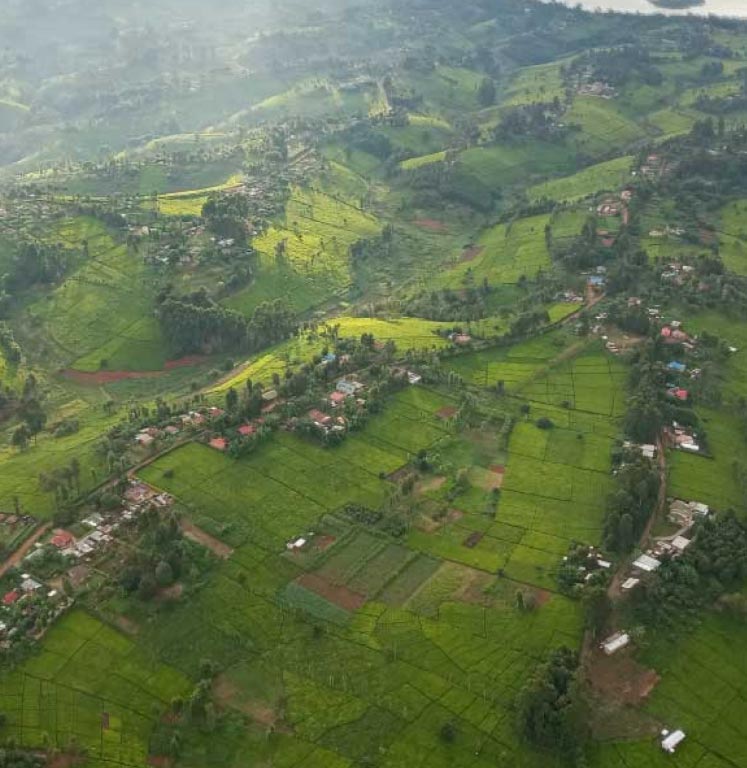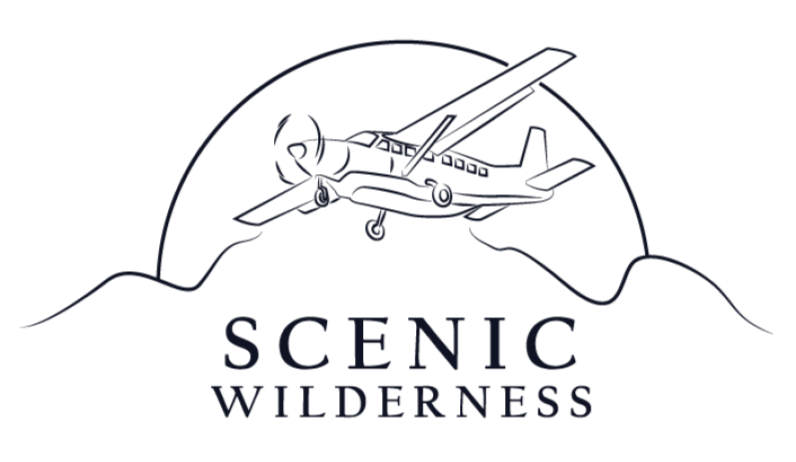
SHARED
CHARTER FLIGHT
We fly a carbon neutral, daily shared air charter service, between destinations not otherwise served by any scheduled airlines. Flying between two of the most popular tourist destinations in Kenya – Lewa and the world famous Masai Mara and back to Lewa.
The flight takes 1hr and 20 minutes and the service has limited stops at Ol Pejeta and Solio and operates on demand with a minimum of two passengers.
- Comfort
- Convenience
- Reliability
- Fascination
SHARED CHARTER FLIGHT
We fly a carbon neutral, daily shared air charter service, between destinations not otherwise served by any scheduled airlines. Flying between two of the most popular tourist destinations in Kenya – Lewa and the world famous Masai Mara and back to Lewa.
The flight takes 1hr and 20 minutes and the service has limited stops at Ol Pejeta and Solio and operates on demand with a minimum of two passengers.
- Comfort
- Convenience
- Reliability
- Fascination
HOW DOES IT WORK?
Flying privately can be beyond some travel budgets. Sharing a private flight with others however, makes it a much more affordable choice for those looking for convenience and efficiency in a premium service.
Shared charter means ‘seat in plane’ and with Scenic Wilderness we aim to be more than just a means of getting from A to B. The special sauce behind the Scenic Wilderness experience, lies in our blend of Comfort, convenience, reliability and fascination with some hosted scenic flying.
HOW DOES IT WORK?
Flying privately can be beyond some travel budgets. Sharing a private flight with others however, makes it a much more affordable choice for those looking for convenience and efficiency in a premium service.
Shared charter means ‘seat in plane’ and with Scenic Wilderness we aim to be more than just a means of getting from A to B. The special sauce behind the Scenic Wilderness experience, lies in our blend of Comfort, convenience, reliability and fascination with some hosted scenic flying.


PRIVATE
CHARTER FLIGHTS
Flying privately on safari offers an alternative for those who prefer more flexibility, convenience, comfort, privacy and luxury that you just won’t find anywhere else. From our base at Lewa Wilderness we fly customised, air charter flights to safari destinations across East Africa.
- Save time
- No queues
- No hassle
- Scenic flight
PRIVATE CHARTER FLIGHTS
Flying privately on safari offers an alternative for those who prefer more flexibility, convenience, comfort, privacy and luxury that you just won’t find anywhere else. From our base at Lewa Wilderness we fly customised, air charter flights to safari destinations across East Africa.
- Save time
- No queues
- No hassle
- Scenic flight
HOW DOES IT WORK?
Your own executively configured aircraft, at your disposal means you can save valuable time and fly wherever and whenever you want to. No queues, no hassle and you’ll get the same plane and the same pilot on each flight, you’ll get access to more airports and lets face it, nothing quite beats flying in privacy and comfort of an executive interior to luxury safari camps, game lodges and beach destinations in Kenya, Tanzania and Zanzibar, Uganda, Rwanda and Ethiopia (if you so choose).
HOW DOES IT WORK?
Your own executively configured aircraft, at your disposal means you can save valuable time and fly wherever and whenever you want to. No queues, no hassle and you’ll get the same plane and the same pilot on each flight, you’ll get access to more airports and lets face it, nothing quite beats flying in privacy and comfort of an executive interior to luxury safari camps, game lodges and beach destinations in Kenya, Tanzania and Zanzibar, Uganda, Rwanda and Ethiopia (if you so choose).

FLYING
CARBON NEUTRAL
We Fly Carbon Neutral, all our flights, whether shared charter or private charter are carbon offset, giving you peace of mind and reassurance when making the decision to travel by air.
Scenic Wilderness carbon-neutral status is a direct result of a partnership with the Chyulu Hills REDD+ CarbonProject.
REDD+ is one of the most prominent and verified international offset systems created by the United Nations. First formed in 2005, the REDD+ project is aimed at reducing emissions associated with deforestation and at restoring natural habitats.
In collaboration with The Maasai Wilderness Conservation Trust, Big Life Foundation, David Sheldrick Wildlife Trust, Kenya Wildlife Service, Kenya Forest Service, and Conservation International. The goal of the Chyulu Hills REDD+ Carbon Project is to prevent deforestation and forest degradation by active forest protection and providing alternative livelihoods for local communities living in and around the forest area. The beautiful Chyulu Hills, Ernest Hemingways ‘Green Hills of Africa’, is a watershed that provides a critical wildlife corridor in southern Kenya – nestled at the northern foot of Mount Kilimanjaro and rising 4,000ft above the dry savannah plains of Amboseli to the south.
FLYING CARBON NEUTRAL
We Fly Carbon Neutral, all our flights, whether shared charter or private charter are carbon offset, giving you peace of mind and reassurance when making the decision to travel by air.

Scenic Wilderness carbon-neutral status is a direct result of a partnership with the Chyulu Hills REDD+ CarbonProject.
REDD+ is one of the most prominent and verified international offset systems created by the United Nations. First formed in 2005, the REDD+ project is aimed at reducing emissions associated with deforestation and at restoring natural habitats.
In collaboration with The Maasai Wilderness Conservation Trust, Big Life Foundation, David Sheldrick Wildlife Trust, Kenya Wildlife Service, Kenya Forest Service, and Conservation International. The goal of the Chyulu Hills REDD+ Carbon Project is to prevent deforestation and forest degradation by active forest protection and providing alternative livelihoods for local communities living in and around the forest area. The beautiful Chyulu Hills, Ernest Hemingways ‘Green Hills of Africa’, is a watershed that provides a critical wildlife corridor in southern Kenya – nestled at the northern foot of Mount Kilimanjaro and rising 4,000ft above the dry savannah plains of Amboseli to the south.
KENYA’S GREEN HILLS GOING REDD+
Reducing Emissions from Deforestation & Degradation
The average American’s carbon footprint is 15-20 tonnes per person per year.
KENYA’S GREEN HILLS GOING REDD+
Reducing Emissions from Deforestation & Degradation
The average American’s carbon footprint is 15-20 tonnes per person per year.
WHAT IS REDD+
The main drivers of forest destruction are economics and poverty. REDD+ is a mechanism that has been developed through the UN Framework Convention on Climate Change (UNFCCC) to provide economic incentives to protect forest rather than destroy it. By protecting forests, greenhouse gas emissions are avoided. The international carbon markets recognise that carbon emissions result in real costs and risks to the planet as a result of the damage caused by climate change – droughts, extreme weather, sea level rise, loss of glaciers, ocean acidification, etc.
Payments to REDD+ projects enable individuals, companies and institutions to reduce their net emissions and receive “carbon credits” that offset their carbon footprint.
Contributing to our REDD+ project also delivers a whole range of additional benefits that include:
- protecting watersheds
- conserving biodiversity
- providing social services and economic opportunities that reduce poverty in developing countries, such as Kenya.
WHAT IS REDD+
The main drivers of forest destruction are economics and poverty. REDD+ is a mechanism that has been developed through the UN Framework Convention on Climate Change (UNFCCC) to provide economic incentives to protect forest rather than destroy it. By protecting forests, greenhouse gas emissions are avoided. The international carbon markets recognise that carbon emissions result in real costs and risks to the planet as a result of the damage caused by climate change – droughts, extreme weather, sea level rise, loss of glaciers, ocean acidification, etc.
Payments to REDD+ projects enable individuals, companies and institutions to reduce their net emissions and receive “carbon credits” that offset their carbon footprint.
Contributing to our REDD+ project also delivers a whole range of additional benefits that include:
- protecting watersheds
- conserving biodiversity
- providing social services and economic opportunities that reduce poverty in developing countries, such as Kenya.



